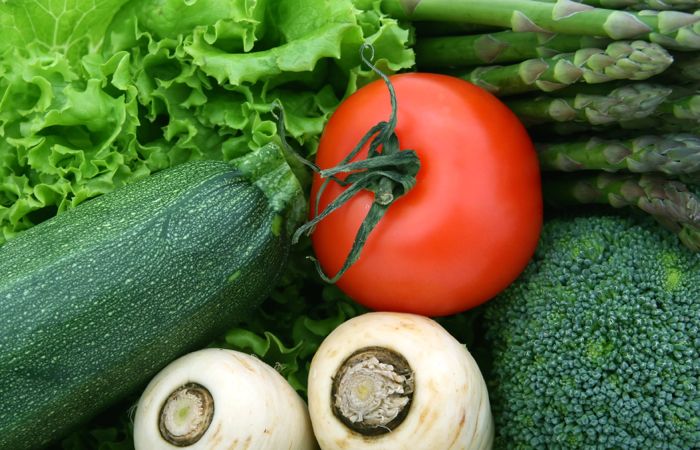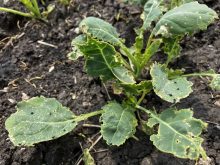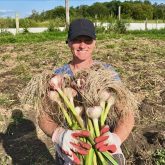Imagine farming in a world in which you could control your production costs, receive a premium for what you produce, and where demand exceeds the supply.
That might seem like the impossible dream in a year like this one, when it appears it doesn’t matter what crop a farmer grows, there are very few opportunities to do much better than break even — and that’s assuming above-average yields.
But as it turns out, such a scenario is no fantasy. It’s the reality for organic farmers these days. Even more surreal is the fact that their customers are investing in a special development fund to attract the production they need to supply growing international demand.
Read Also

Manitoba sclerotinia picture mixed for 2025
Variations in weather and crop development in this year’s Manitoba canola fields make blanket sclerotinia outlooks hard to pin down
The naysayers say organic won’t ‘feed the world’ because only well-heeled consumers can afford it. So what? What business-minded person would shun the opportunity to sell to a customer who wants to pay more for their food? The cold, hard fact is, the market for organic foods continues to grow at a double-digit pace.
Recent testimony to the federal Senate committee put the global organic market at US$72 billion. Canada’s organic exports, at $550 million annually, have increased 20 per cent in the last two years.
Research results from the University of Manitoba’s long-term crop rotation studies at Glenlea show the organic systems have the lowest cost of production and the highest net returns. The organic systems proved to be more energy efficient too, by as much as 222 per cent. Researchers are now finding ways to combine organic with no-till approaches. See more at the University of Manitoba Natural Systems Agriculture website.
Organic agriculture isn’t easy. Is conventional? It takes time to convert. But if consumers want it and farmers can make money at it, it’s here to stay.




















